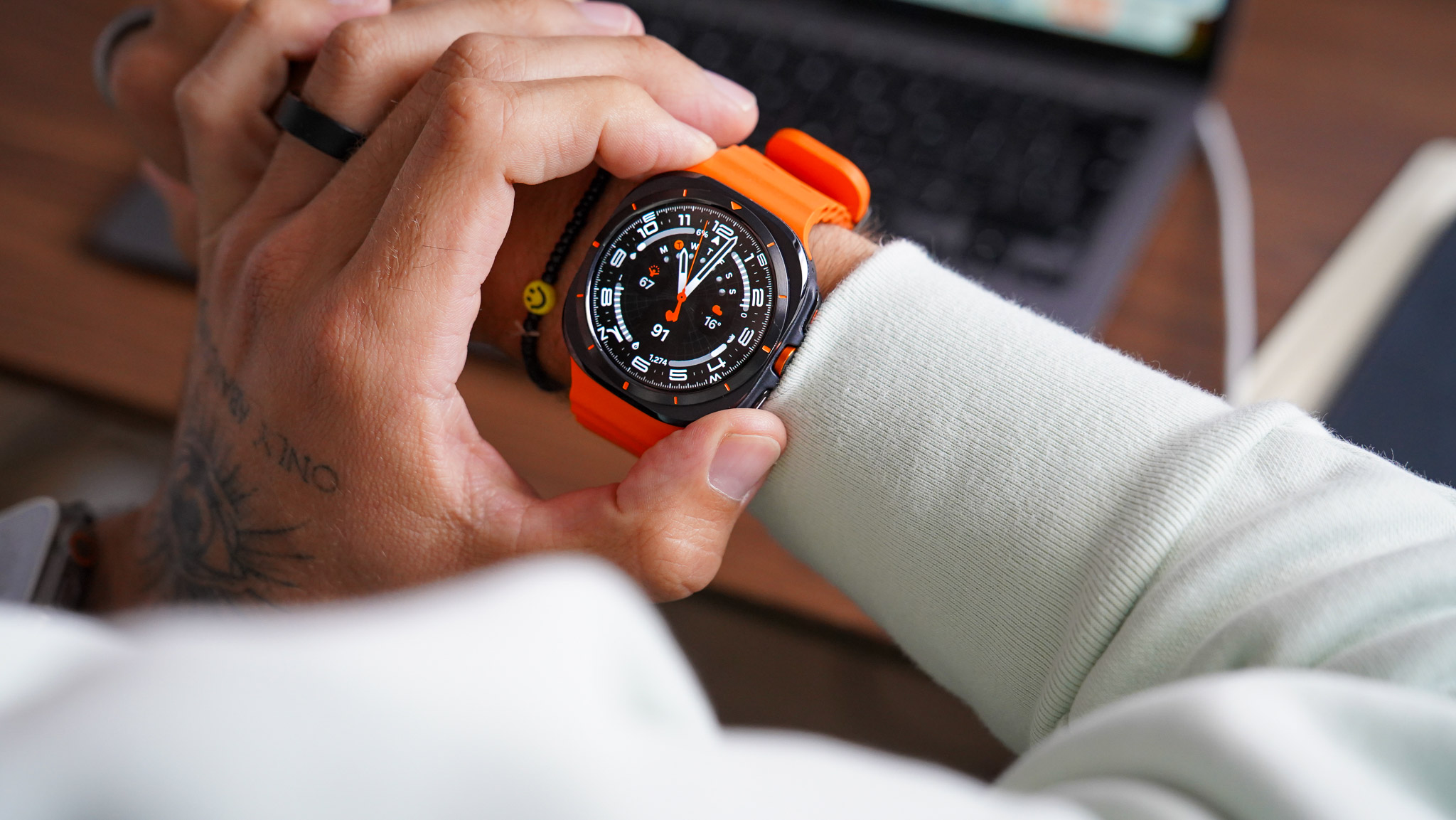
I’m a little bit at a loss about how to start this Samsung Galaxy Watch Ultra review. The South Korean tech giant’s rugged smartwatch has been rumoured for a while before it was officially announced in July 2024 at the company’s annual Galaxy Unpacked event alongside the much-anticipated Galaxy Ring and the seventh-generation Galaxy Watch.
The Galaxy Watch Ultra is exactly what I expected from Samsung, for better or worse. It’s a premium wearable with a ton of functionality that misses out on some features that we kind of expect from rugged wearables, such as navigation.
Then there are the similarities between the Galaxy Watch Ultra and the Apple Watch Ultra 2 – I’ll discuss this in a separate article – starting with the name (although it makes sense for Samsung to name its pinnacle smartwatch after its top-of-the-line smartphone) all the way down to the button and strap colours.
Do we need a wearable like the Samsung Galaxy Watch Ultra, and how does it compare to the best smartwatches, outdoor watches, and triathlon watches? Are the new features and rugged housing enough to justify the asking price? Read my full review below to learn more.
Samsung Galaxy Watch Ultra review
Price and availability
The Samsung Galaxy Watch Ultra was announced in July 2024 and is now available to pre-order directly from Samsung UK, Samsung US and Samsung AU for a recommended price of £599/ $649.99/ AU$1,299.
It is available in one size (47mm) and three colour options: Titanium Grey, Titanium White, and Titanium Silver. There are three band options: Marine, Trail and Peakform. The bands come in different colours, too, allowing you to customise the look of your Galaxy Watch Ultra to your liking.
I tested the Titanium Grey option with the orange Marine band.
Specifications
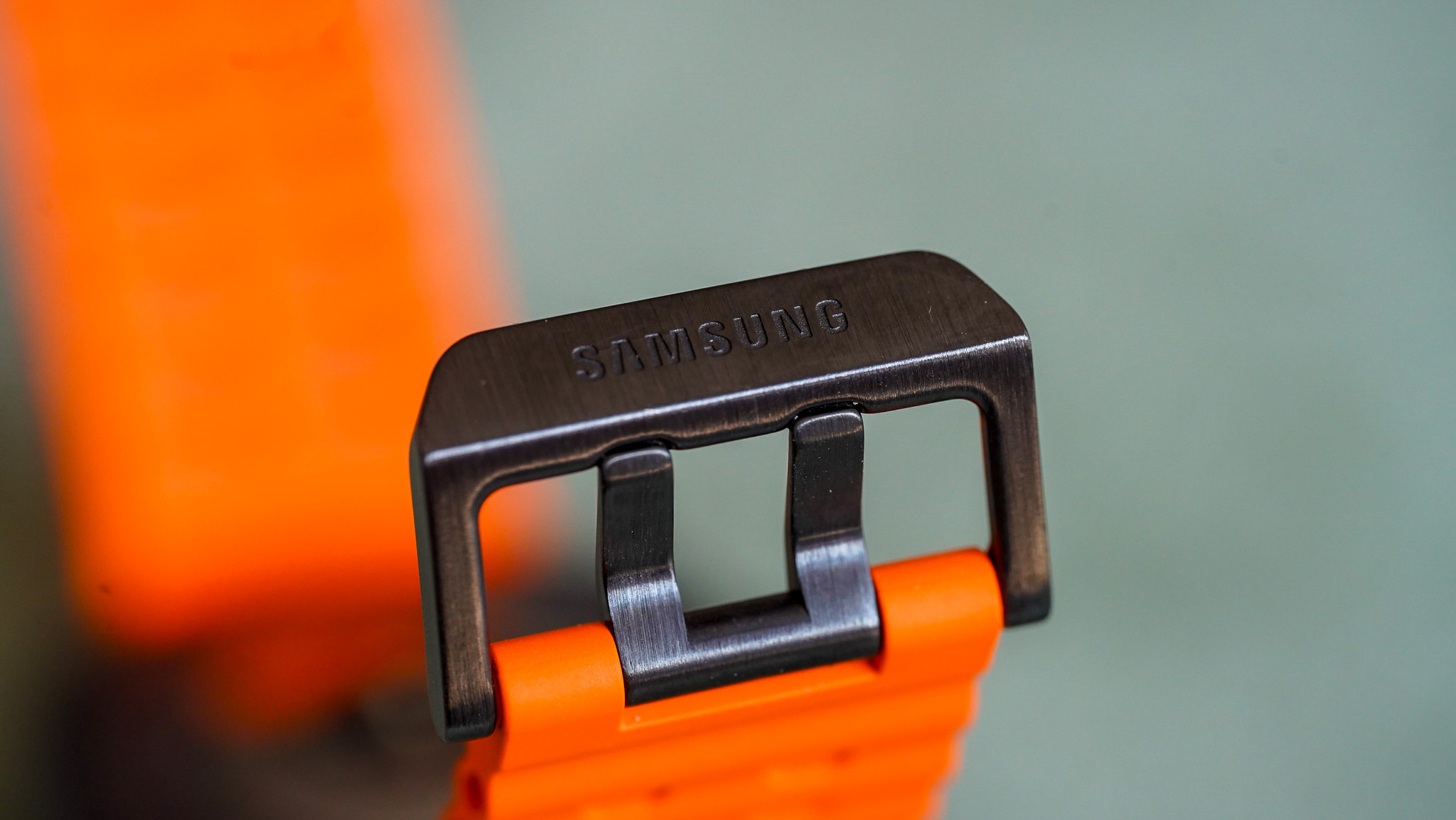
- Works with: Android
- Case size: 47mm
- Case material: Titanium grade 4
- Lens material: Sapphire Crystal
- Durability: IP68, MIL-STD-810H
- Weight: 60g (case only), 93g (w/ Marine band)
- Water rating: 10 ATM
- GPS: yes, dual-frequency
- Battery life: up to 100 hours in power-saving mode
- Operating system: WearOS 5
Design and build quality
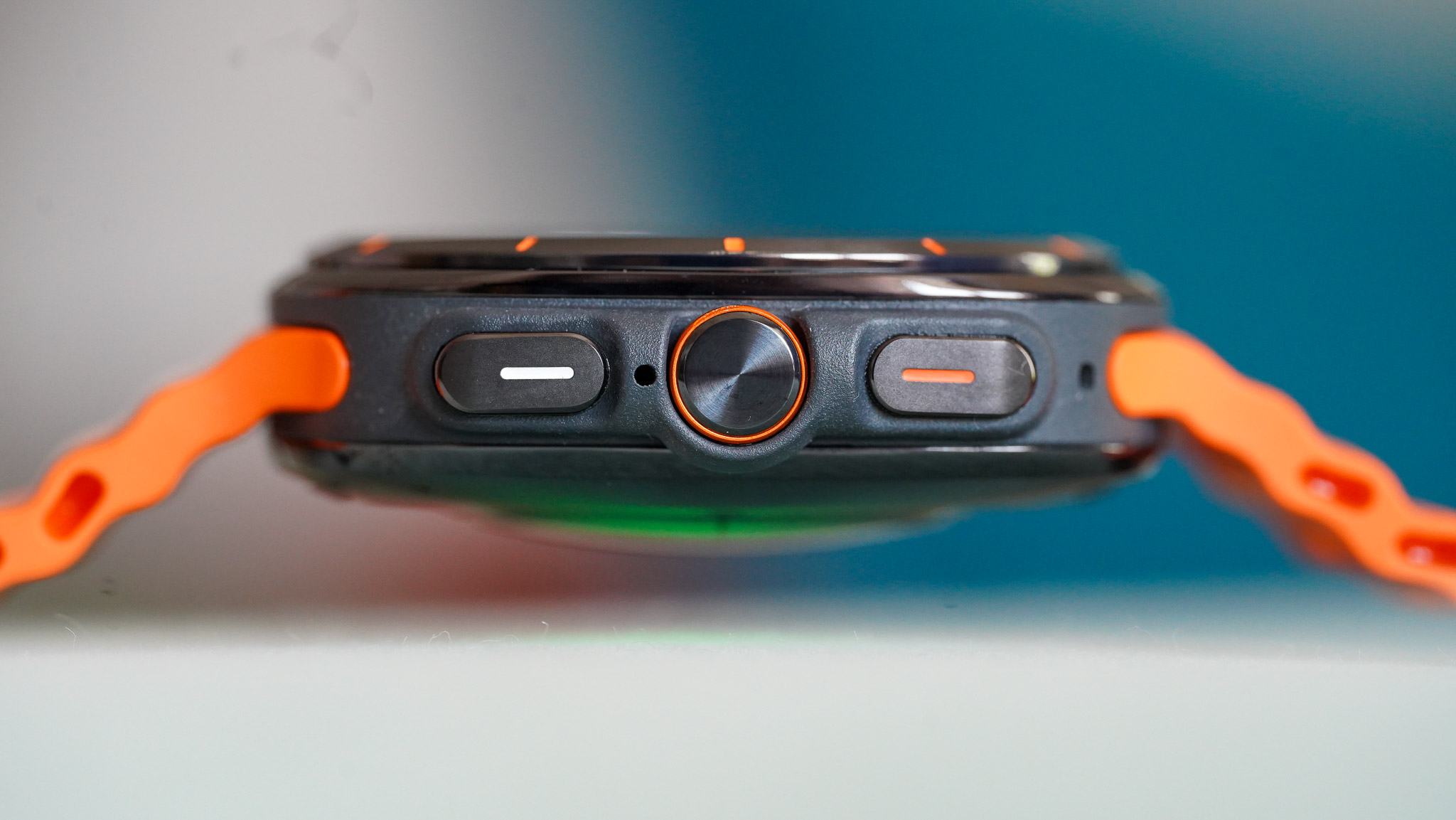
The Samsung Galaxy Watch has a 47mm case size and weighs a hefty 60g without the straps. The titanium case is IP68-rated against dust and water and complies with the MIL-STD-810H standard, similar to many rugged outdoor watches, such as the Garmin Instinct Solar.
Samsung calls the more square-ish look of the Galaxy Watch Ultra cushion design, which, according to the brand, “enhances protection and visual completeness.” The watch face is still circular, but the padding around the edges makes it more blocker than the Galaxy Watch 7.
The 1.5-inch (37.3mm) Super AMOLED screen has a 480x480-pixel resolution, a maximum brightness of 3,000 nits, and is protected by a Sapphire Crystal lens. Sapphire is scratch-resistant and durable, which is why it’s used for benchmark rugged watches like the Garmin Fenix 7 Pro.
The Galaxy Watch Ultra has three physical buttons, all located on one side of the watch. To my disappointment, the large action button in the middle, which looks like a watch crown, isn’t actually a crown and can’t be rotated. Sad times.
On the other side of the case, you'll find two speakers, which is handy as the Galaxy Watch Ultra is LTE-enabled and can be used for calls with an eSIM. The wearable also provides real-time feedback when you exercise (more on this below).
The bands are quick-release and very easy to remove. I often fiddle with the sliding mechanism of Apple Watches, but Samsung’s straps are much easier to remove. They attach smoothly and can be lifted off the case after pressing the button at the bottom of the case.
The biosensor houses a ton of different-coloured LEDs that collect data 24/7. I found the LEDs a bit too active; the green LEDs keep flashing long after the watch has been taken off, which suggests that wear detection is off slightly. This also reduces battery life and potentially skews readings – nothing a simple software update can’t change, though.
Features
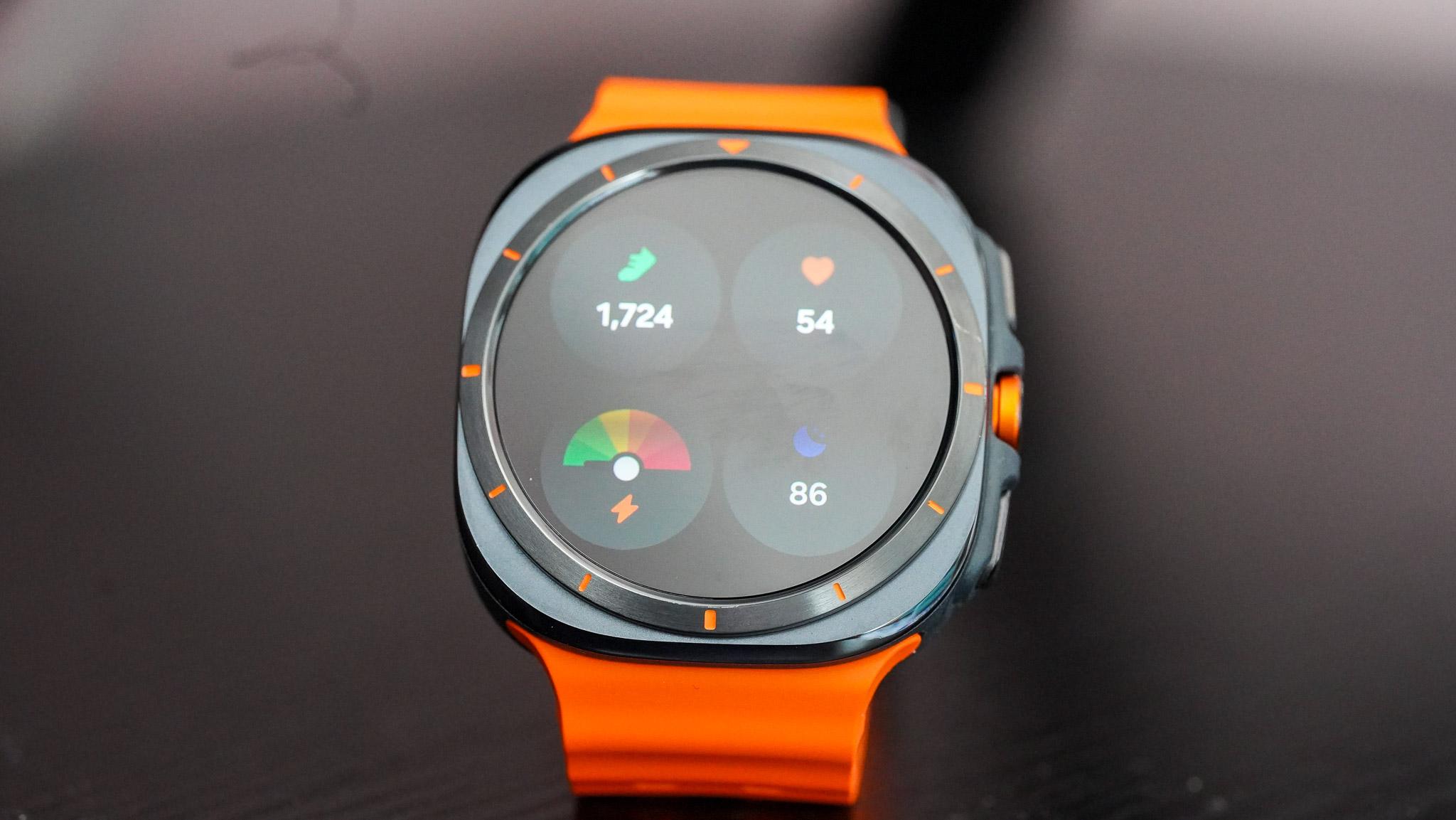
Although the Samsung Galaxy Watch Ultra works with all Android smartphones, some features, such as blood pressure monitoring and ECG measurements, are only available to Samsung smartphone owners.
Irregular heart rhythm notifications, some Galaxy AI features, double pinch gestures, and suggested replies are also exclusive to Samsung smartphones. Since I wasn’t provided with a Samsung smartphone for this review, I can’t verify how well any of these features work.
There are quite a few features I could test, though, like sleep, stress, and exercise tracking, the new Energy Score, the AGEs Index, and more. This last one is a strange feature that is said to give you a sense of your metabolic health. AGEs stand for advanced glycation end products, and they accumulate as you get older.
Your AGEs Index is shown on a scale. Mine is right in the middle, which makes it look like it’s on the default setting. This could also mean my metabolic age is where it should be based on my age and gender – I can’t tell which of these is true.
Another new feature, albeit not exclusive to the Galaxy Watch Ultra, is the revamped Vitality Score, which is now called Energy Score. This is similar to the Readiness Score the Oura Ring Gen 3 provides, or the Body Battery score found on most Garmin watches these days.
It’s one of the new Galaxy AI features that leverages artificial intelligence to give you a more holistic view of your health. The feature is quite elaborate and takes into account a number of metrics. Unlike Body Battery – and similar to Oura’s Readiness Score – the Energy Score doesn’t change throughout the day; you’re given it once in the morning, and it only updates once a day.
Sleep and activity tracking
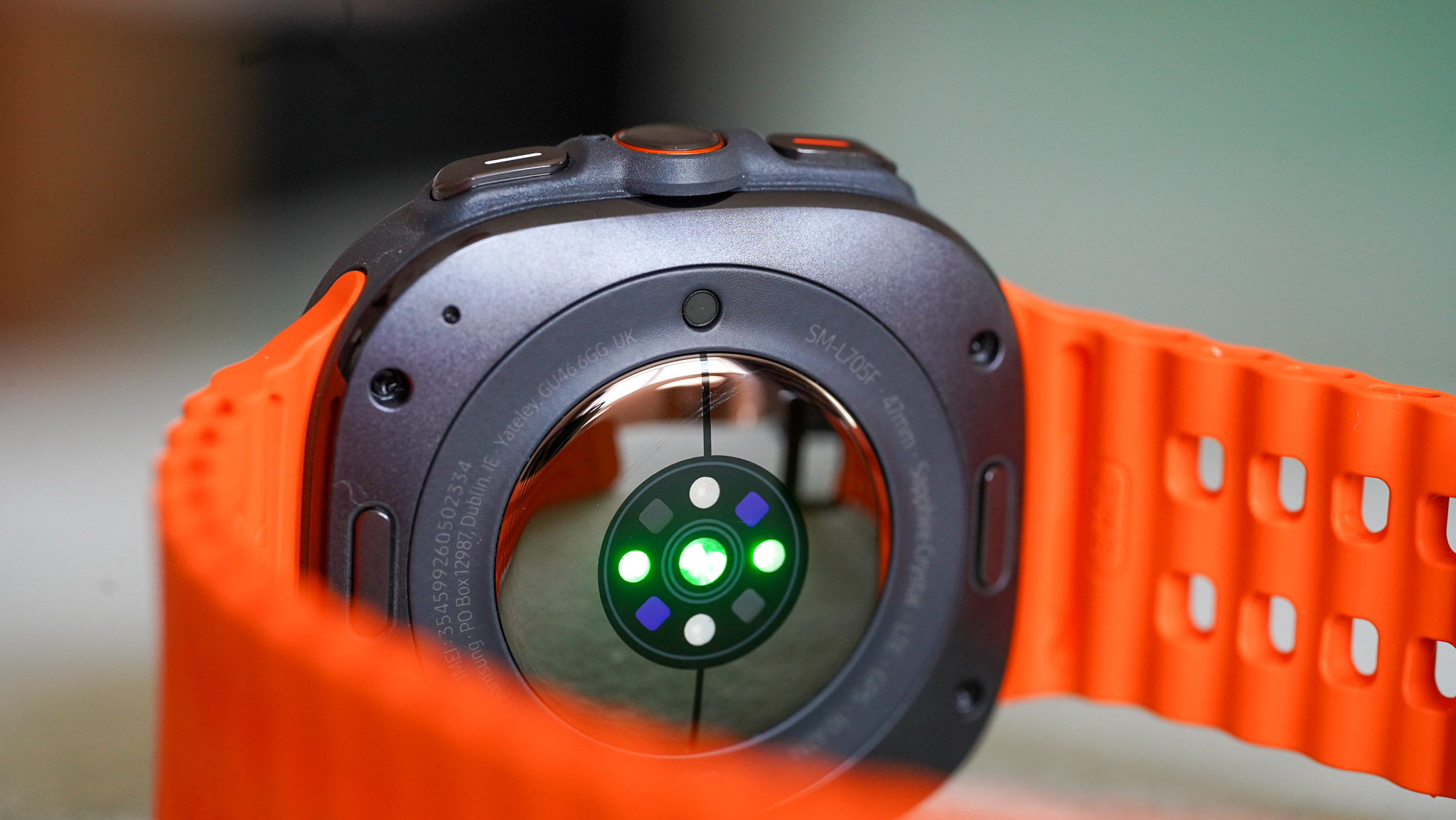
Sleep tracking accuracy is okay. I used the Oura Ring, which I found to be the most accurate in determining sleep stages, as a benchmark, and the Galaxy Ring Ultra provided more or less the same breakdown as the smart ring. Of course, there were discrepancies. Sometimes, these were more significant but never completely wrong.
The Samsung Health app provides you with a sleep score (nice) and a sleep animal, which is a cute way to gamify health data.
Thanks to the dual-band GPS chip, the Galaxy Watch Ultra's GPS accuracy is on par with that of the Garmin Forerunner 965. Distances are measured accurately, and laps are recorded almost exactly at the same time as the Garmin—impressive stuff!
Heart rate accuracy is good, too. I wore the Garmin HRM Pro Plus, and although the Galaxy Watch Ultra didn’t always display the same heart rate readings as I went along my training, the charts in the Samsung Health and Garmin Connect apps look similar.
Sadly, the Galaxy Watch Ultra does not have navigation or mapping, nor does it have diving functionality. To be fair, I found it weird that Apple and Huawei went down the diving watch avenue with their rugged wearables, as it’s such a niche market. You can use the Galaxy Watch Ultra for swimming, though, as well as tracking multisport events, such as triathlons.
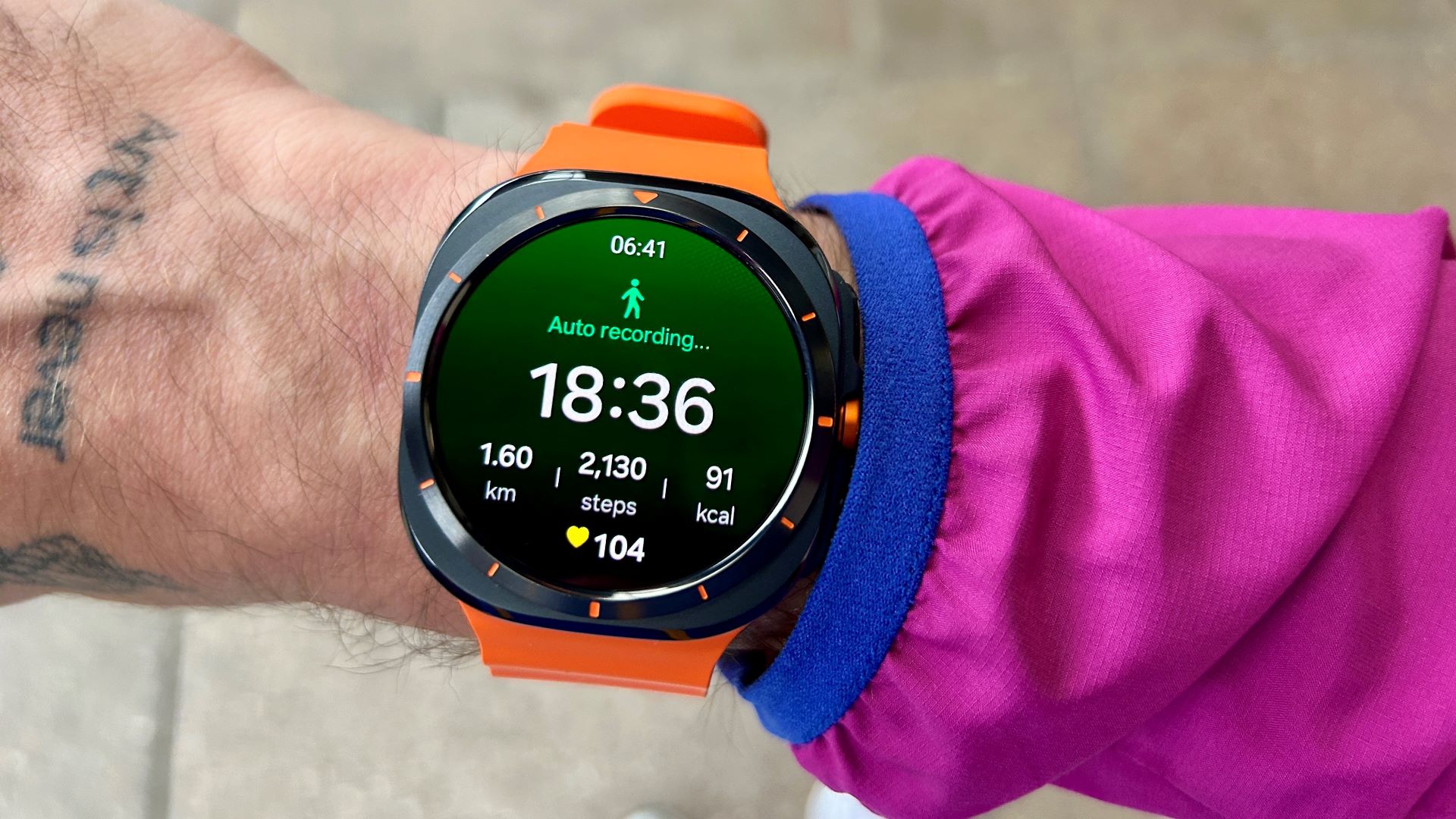
One thing I love about the Galaxy Watch Ultra is how it tracks activities automatically. I dislike when wearable asks you if you’re walking/running/etc. when you haven’t started a workout; you know I’m walking, why do you want me to press a button to confirm?
Thankfully, the Galaxy Watch Ultra does everything automatically. It lets you know it started tracking the workout, and then when you stop, it prompts you that it has finished tracking. Better still, all workouts are logged into the Samsung Health app. Perfect.
Battery life
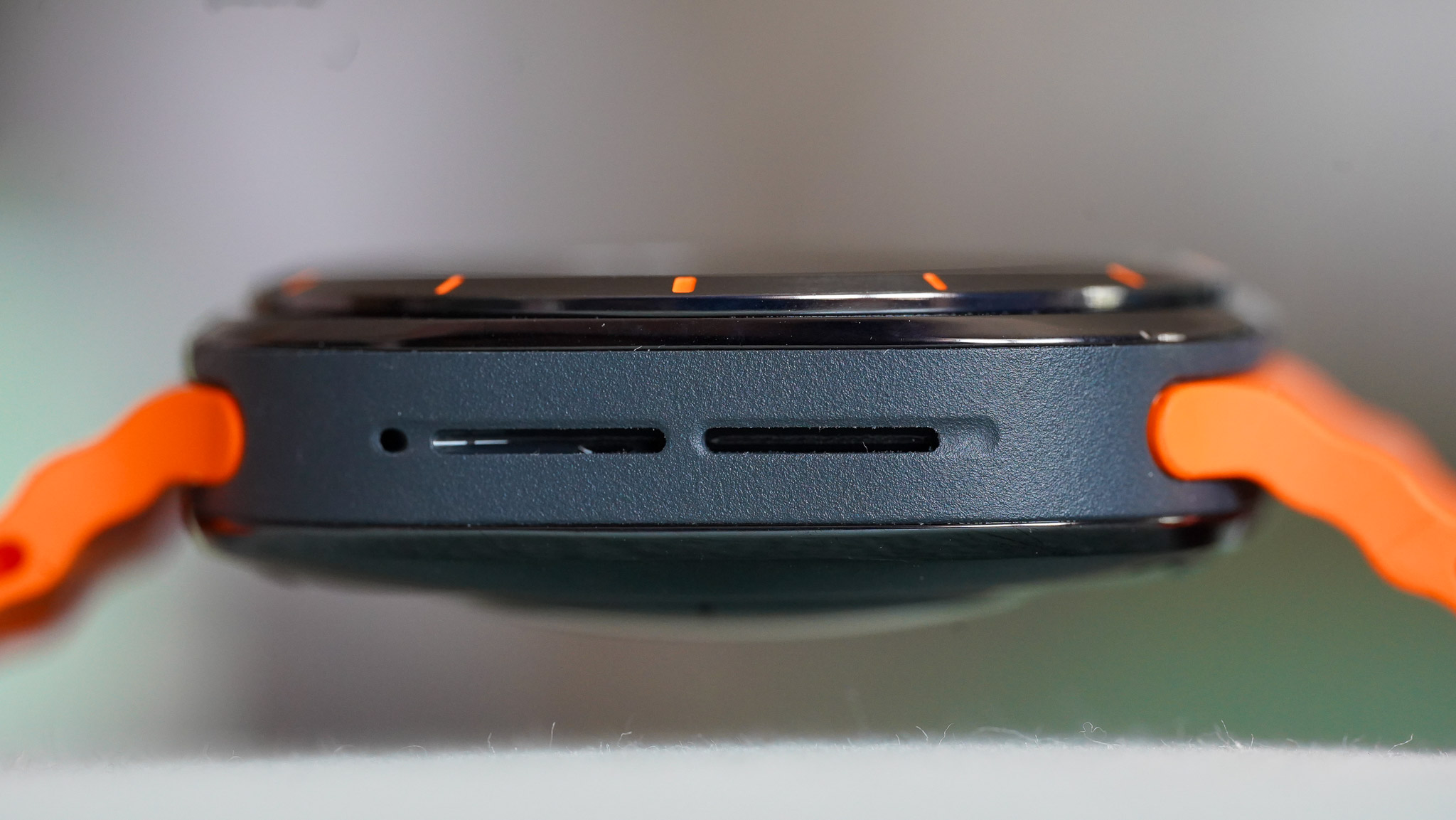
The Samsung Galaxy Watch Ultra has a considerably long battery life – considerably longer than its main rival, the Galaxy Watch Ultra 2, but not long enough compared to other rugged smartwatches, such as the Huawei Watch Ultimate and the Mobvoi TicWatch Pro 5 Enduro.
On paper, the Galaxy Watch Ultra's battery life is up to 100 hours in smartwatch mode and up to 48 hours in GPS tracking mode with Power Saving turned on. In reality, how much battery is used depends on your usage; in my case, I managed an average of 3-4 days with once-a-day GPS sports tracking.
Not bad, but just like in the case of the Apple Watch Ultra 2, I wonder how other manufacturers can manage week-long battery lives. Thankfully, the Galaxy Watch Ultra provides a breakdown of which apps use the most battery, and it’s always the Samsung Health app, so maybe the company should look into harnessing AI to manage the app’s energy consumption better.
Verdict
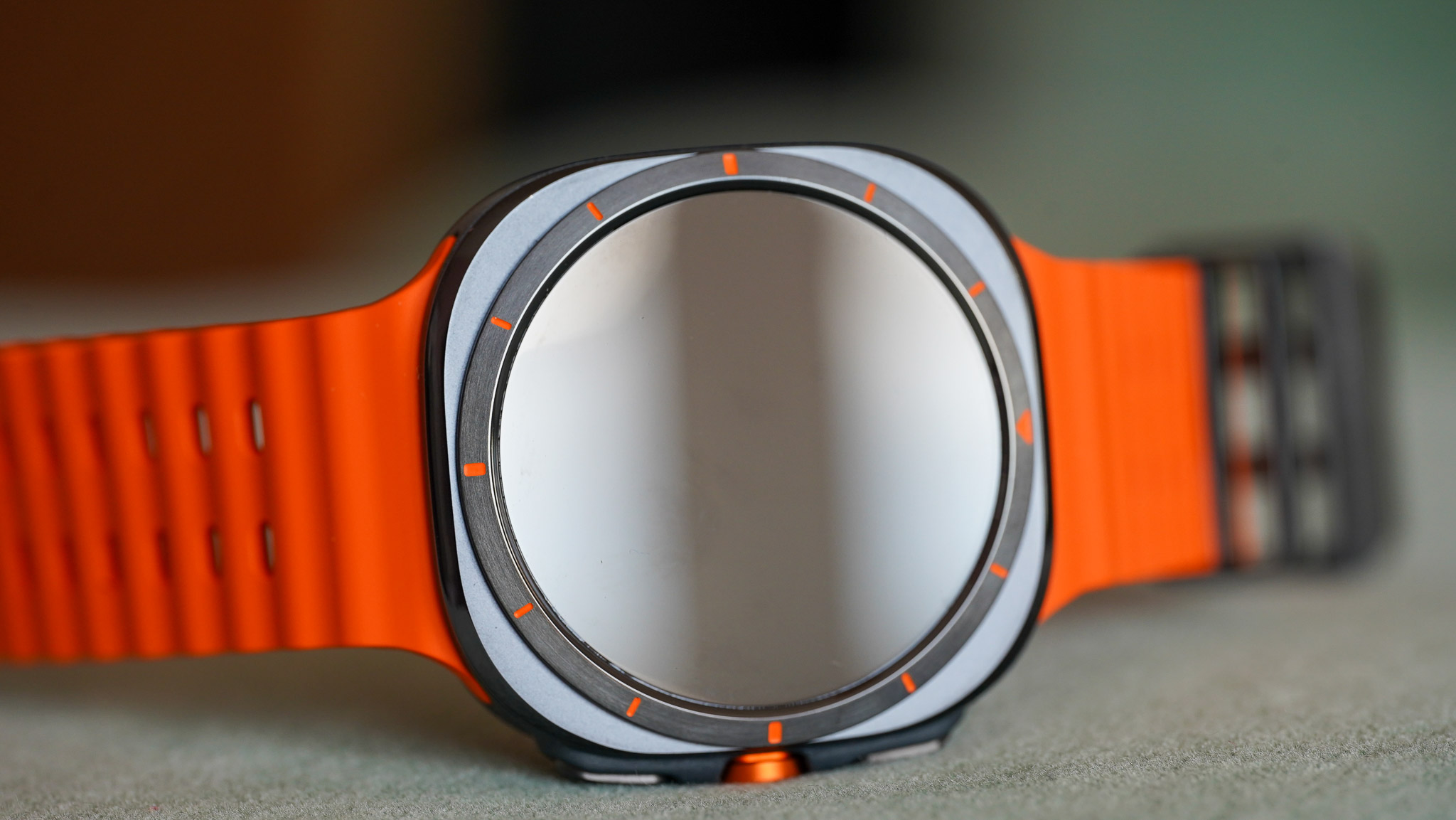
Is the Samsung Galaxy Watch Ultra necessary? Not really. Similar to the Apple Watch Ultra, it’s a premium wearable aimed at a niche market of those who need a larger, more rugged version of their favourite smartwatch.
Some might argue that the Galaxy Watch Ultra is just a beefed-up Galaxy Watch 7 Pro, and they aren’t too wrong. If we’re looking strictly at how much value you get for money, releasing the Galaxy Watch 7 Pro would have been a better option.
However, Samsung couldn’t not have an ultra-rugged wearable in its lineup after the release of the Apple Watch Ultra. Considering production cycles, I can imagine the Galaxy Watch 7 Pro was already in development when Apple dropped the bomb with the Watch Ultra, and Samsung pivoted by turning the Galaxy Watch 7 Pro into the Galaxy Watch Ultra.
All that being said, it’s a superb wearable that enables Android users to experience that premium, durable watch lifestyle. It also plays really well with Samsung devices, which is a big bonus for those with a Samsung smartphone and earbuds.
I’d like to see more navigation/mapping features in the second iteration, though!







